Staying competitive in the current business landscape is a challenging task. Consumers are now constantly bombarded with personalized ads telling how brands can take care of their pain points.
Consumers, on the other hand, also have a lot of options when it comes to spending their money. But they will commit to the brand that can convince them the best.
If we see, getting a new customer is a difficult task. But retaining the old ones is comparatively easy – especially with the help of CRM software.
Businesses now have better access to customer data such as demographics and purchasing habits. With customer retention strategies in place and using CRM software, brands can tune their business and marketing to retain customers and improve the overall Customer Lifetime Value (CLV).
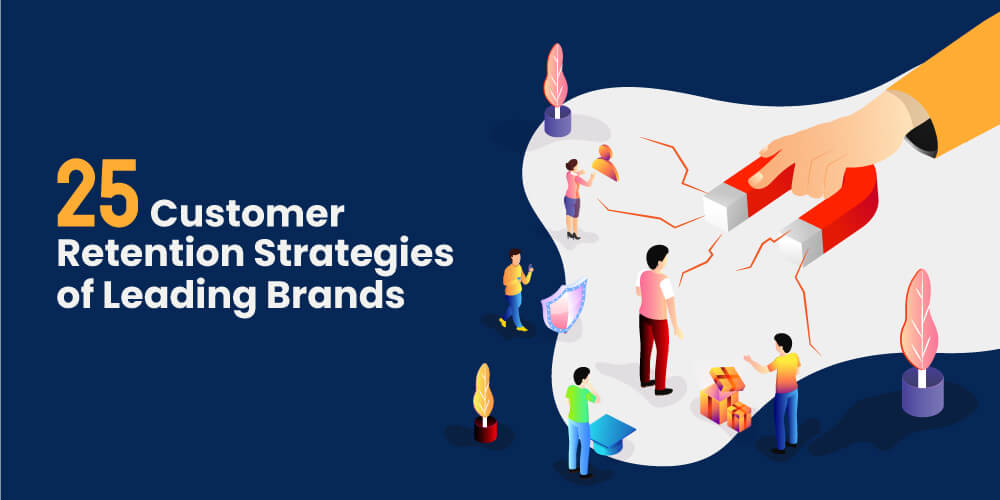
:
Why is customer retention essential in today’s time?
While customer retention helps keep your revenue stream intact, new customer acquisition helps achieve your expansion goals. Therefore, to sustain the competition, you must devise strategies to prevent losing customers and acquire new ones.
According to commonbox.io, around 44% of companies focus on customer acquisition, while 18% solely focus on customer retention. The remaining 40% has both customer retention and acquisition strategies in place.
Repeat customers make a significant part of any business. Consumers who have made a purchase are more likely to make subsequent purchases if they had a satisfactory experience. This benefit is non-existent with new customers as they are more likely to abandon their shopping cart. This issue persists with big brands too. Adobe has reported 75.5% of shopping cart abandonment. Some reasons behind this can be the pricing, need, trust, or availability of payment options.
But on the positive side, a person who has purchased from you before is more likely to buy again. Plus, they can spend more. Word-of-mouth and loyalty can also bring in new customers. For instance, the probability of selling to an existing customer is 60 – 70%, vs. 5 – 7% for a new customer. Because if a customer is happy with your service, he will be willing to invest more in your product. In other words, the chances of cross-selling or upselling are more. Ultimately, you would receive more ROI from an existing customer as you’ll need not spend on marketing again for existing customers.
How CRM helps in customer retention?
CRMs provide you with the tools needed to retain your customers.
A CRM platform contains a lot of information about customers and their interaction with your business. It includes conversations, past activities as well as purchases. It helps you with:
- Customer data (identity, behavioral, and qualification data):
CRM systems store comprehensive information about each customer, including their identity, behavior, and qualification data, enabling businesses to better understand and anticipate their needs, preferences, and purchasing patterns. - Email campaigns:
CRM allows for targeted email campaigns by segmenting customers based on their data, ensuring that promotional content is tailored to individual interests and increasing the likelihood of engagement and repeat purchases. - Customer satisfaction surveys:
CRM systems facilitate the distribution of surveys to gather feedback, helping companies gauge customer satisfaction, identify areas for improvement, and take proactive measures to enhance the overall customer experience. - Social media responses:
By integrating social media interactions into CRM, companies can promptly respond to customer inquiries, address concerns, and leverage positive feedback to nurture customer relationships and foster brand loyalty. - Customer segmentation:
CRM enables businesses to categorize customers into specific segments, allowing for more personalized and relevant communication, which in turn increases the likelihood of retaining customers and driving repeat business. - Provide personalized offers and promotions:
Leveraging customer data, CRM systems enable companies to create tailored offers and promotions that cater to individual preferences, encouraging customers to stay engaged and make repeat purchases. - Regular Order updates and product launches:
CRM can automate notifications to customers regarding order status or new product launches, keeping customers informed and engaged, which can lead to higher satisfaction and loyalty. - Manage customer support follow-ups:
CRM systems help manage customer support interactions by tracking inquiries, ensuring timely follow-ups, and resolving issues efficiently, leading to improved customer satisfaction and retention. - Purchase history:
CRM systems store detailed purchase histories, allowing businesses to reward loyal customers through loyalty programs and incentives, thereby increasing the likelihood of repeat purchases and customer retention.
Now let’s look at how brands have been using CRM to provide exceptional customer experience and execute their CRM and customer retention strategies.
25 Examples customer retention strategies (using CRM) from leading brands
#1 Make use of customer service tools.
The small and medium-sized businesses generally have a small customer service team. It makes servicing customer requests quite laborious. A CRM helps improve the efficiency of customer support teams without having to hire new people. A great example is how Santa Cruz Bicycles provided support to their riders.
The aggregated data from the CRM also helps in product improvement.
Similarly, Decathlon uses CRM to book workshop appointments for customer support. This way, they know every granular details of their customer experience.

#2 Apologize for your mistakes
Companies will inevitably make errors, but that does not mean that customers will end their relationship with the company. Instead, 96% of the customers, according to a survey by HubSpot, said that they would continue engaging with the company if they apologized and rectified themselves.
HubSpot themselves publicly apologized for an outage in 2018 and explained how they would prevent the situation from happening in the future.
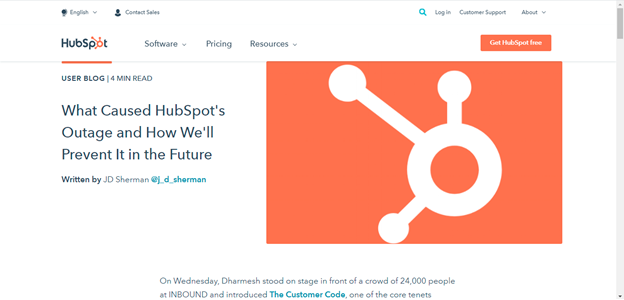
#3 Use experimental marketing
Refreshing your product is a great way to spark interest in the minds of your existing customers. Brands like McDonald’s, Dunkin’, Coca-Cola changed their packaging over the years. Moreover, they also provide experiences to elicit positive feelings about their product.
McDonald’s have their happy meal program. Coca-Cola’s Share-a-Coke campaign is another example. These campaigns also work as free marketing as people share their purchases online, encouraging others to try out.
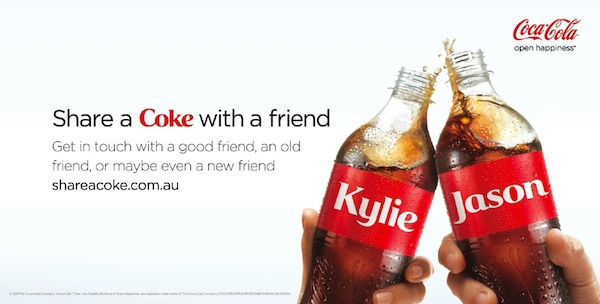
To track campaigns, lead sources, and other KPIs, CRM is a great aid.
#4 Make use of subscriptions
Incorporating a subscription model into your business is a great way to keep existing customers engaged. However, have a good idea of what your existing consumers want. For instance, Amazon has its Prime subscription program where consumers can access fast delivery, music and movie streaming, and more.
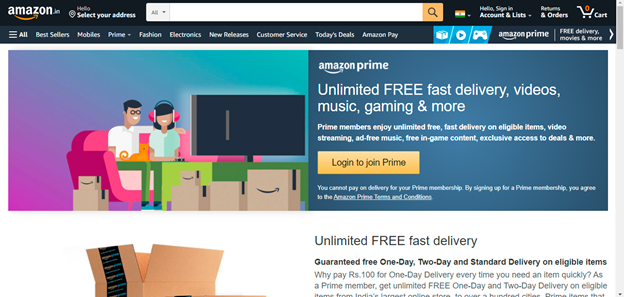
A lot of e-commerce retailers have introduced such a subscription model. Food delivery services now waive off the delivery charges for subscribers.
#5 Make your brand unique
There will be hefty competition if people can compare your brand with another brand. But you can always highlight to your consumers how your products are different. A great example, in this case, is Apple and how they transformed their products from simple consumer electronics to more of a lifestyle product.
You can leverage your customer data using CRM, look at what your customers love about your brand, and try to use those points to stand out from the crowd.
#6 Gamification and referral programs
Gamification is a great way to keep users engaged. This method is something Amazon India does as well with their daily quizzes and Spin-to-Win games. Gamification keeps consumers browsing products for more details as they play the games.
Referral programs leverage social proof for marketing. Uber started operating in India using referral programs where consumers would receive discounted or free rides.
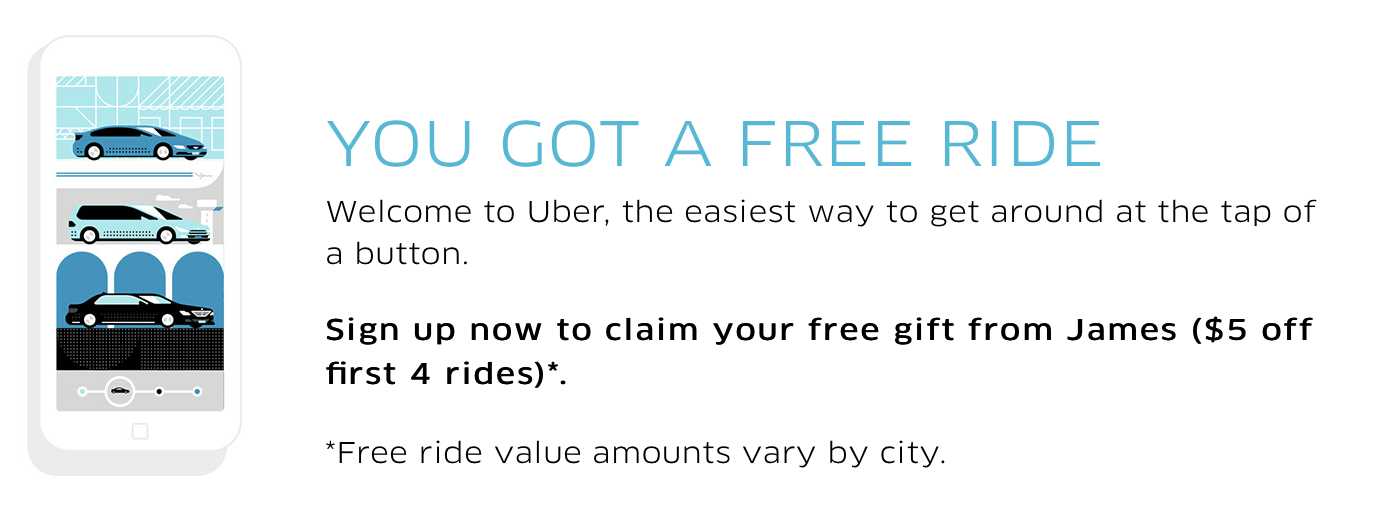
You can also use a CRM to manage referral coupons and codes for your business.
#7 Speak to your customers
When brands reach out for a one-on-one conversation, it shows the consumers that brands care about their opinions. An example of such a CRM for customer retention strategy is Decathlon. They respond to every negative review on their website, apologize and try to rectify the issue. One-on-one conversations can be powerful when you are running an online business.
You can use your CRM to set up KPIs and see how these communications with your consumers help generate revenue.
#8 Offer personalized product/services
Customer data collection also enables personalization. Personalization allows brands to address consumers directly as individuals and not as a crowd.
For instance, you can use CRMs to send personalized mailers to consumers. They can also have one-on-one interactions on social media. Brands like Tesco, Amazon, Spotify, Xbox, Starbucks, and more provide highly personalized customer support on social media. It is possible because they have access to the customer interaction history.
#9 Offer convenience
CRM coupled with ERP can help businesses provide convenience to consumers.
For example, Starbucks has a feature within its app that allows consumers to pay for the coffee even before they arrive at the store.
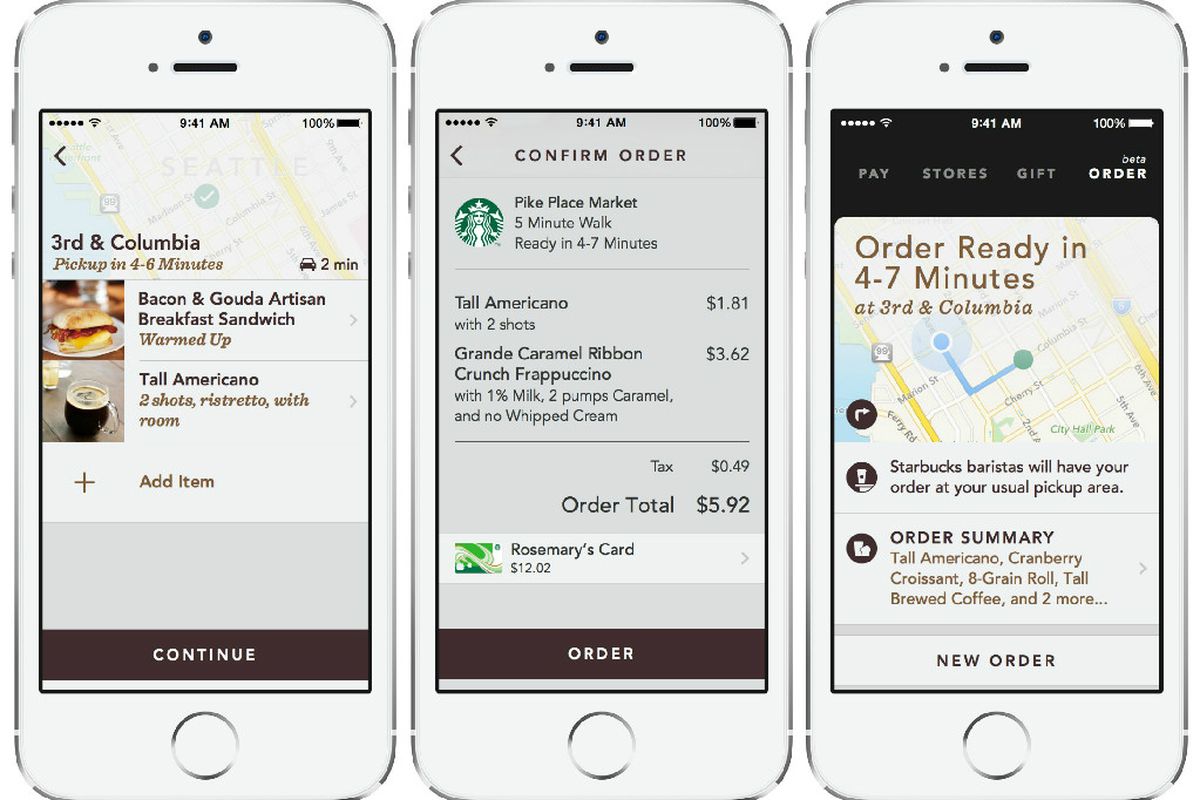
Brands like Dominos and Zomato have also adopted this feature, allowing consumers to pay for orders beforehand. Another example is Decathlon. It lets customers pay for the products and then pick the items from the store in a couple of hours.
#10 Give consumers a reason – “why you?”
Show your consumers what you stand for. Consumers often back brands that have altruistic or environmental goals. It makes consumers feel that they are a part of something bigger. For example, Toms donates a pair of shoes to people in need for every pair purchased. Brands like Pela, Thinx, Yes Straws make green products. They also donate to NGOs that take care of the environment. Since the customer plays a role in the contribution, convey the same in the purchase they make. You can also track their contributions over time and let them know the impact they have made. Look at this example from Quickride, a ride sharing app in India.
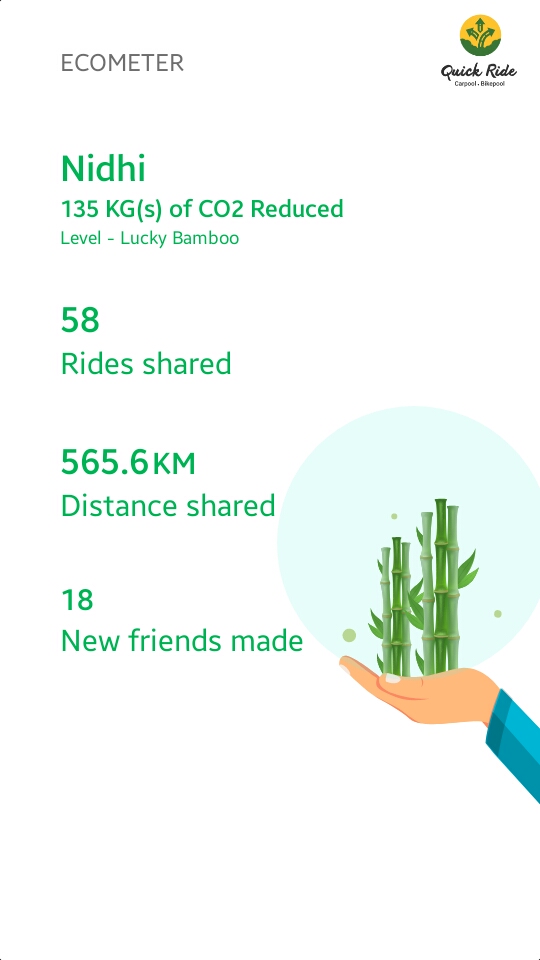
#11 Keep things interesting
You can use software tools to understand how frequently customer visits your store. Based on that, you can keep changing your inventory, or you can start a new promotion. For example, Five Below saw that their customers visited their stores approximately once every 99 days. Based on this info, they restock and redecorate at least once every 99 days. It gives customers a novel and FOMO experience. It is also an example of how a CRM customer retention strategy can be data-driven.
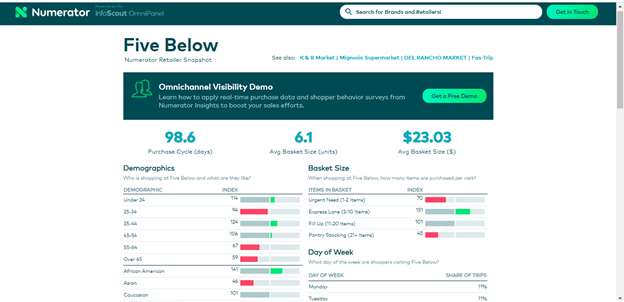
#12 Offer products that solve a single most-difficult problem
You need to understand the reason why your leads are turning into customers and invest heavily in that. For instance, Canva, the graphic design platform, has become so well-known simply because they made the design easy. People no longer have to go through hours of tutorials to design something using Adobe Illustrator or Inkscape.
Listen to customer feedback and integrate those in your product and service continuously as your business moves forward. Started off as a SaaS design tool, Canva now offers a range of services like social media post scheduling, video making and editing, and more to retain users.
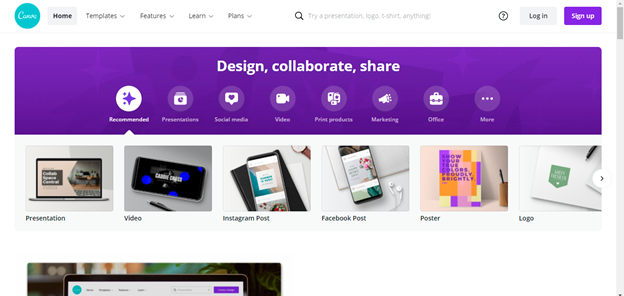
#13 Design unique accessories
Another way to make your customers stay is to design a product that keeps your customer coming back to you. An example would be Airwick Mist Diffuser. Here, the diffuser works with only refills from Airwick and nothing else.
Glade, Bath & Body Works, and other brands have also designed their scent plug-ins in such a way that you cannot switch to a competing product.
#14 Integrate with the customers’ lifestyle
A great way to keep a customer is to become a part of their lifestyle. It is much easier to keep an old customer if they use the product or the service as a part of their daily life. Take for example, the payment apps on our smartphones. Cash App, Google Pay, Apple Pay, Samsung Pay, and others have their unique quirks. People using one app tend to stick to it.
Just make sure that you support the services that your customers use frequently.
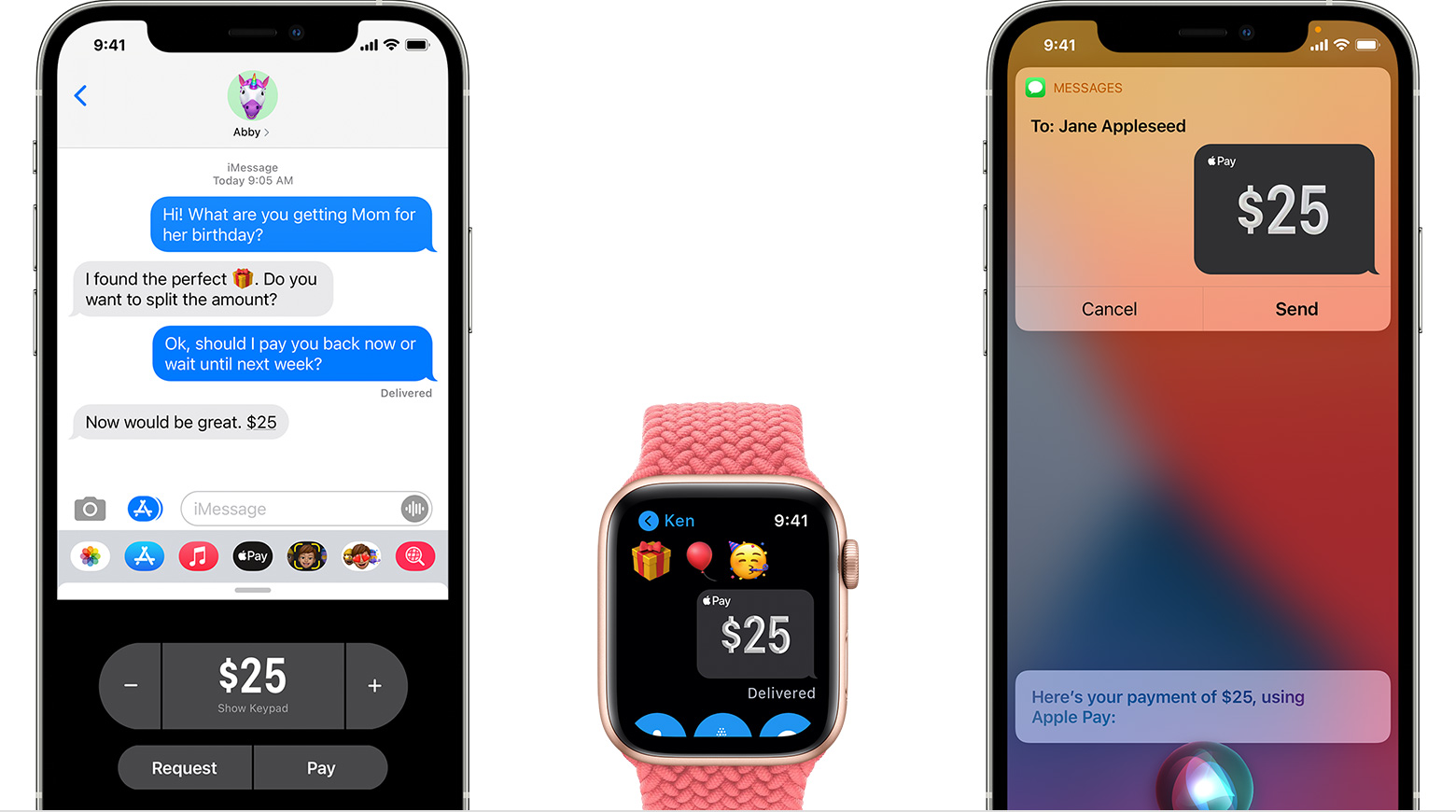
#15 Create a community for your product
When you offer a product or a service, you should also create a platform where users can talk to each other. Not only is this a great way to collect user feedback, but it can also help you serve customers better. A great example is Flo, an app for women’s health. While there are tons of apps that help track cycles, Flo allows users to engage with each other and even chat anonymously. It helps address the isolation that a lot of people feel before they get expert medical advice.
#16 Establish a relationship of trust
Transparent marketing is the only most essential element for building trust. Trust is now the new currency when it comes to marketing. Furthermore, brands should also provide something that the customers value.
For example, the brand Minimalist reveals exactly what its product contains. Classy Curlies sells DIY kits and provides customers with blogs on how to use them. By showing your products in action, you can build trust for your products.
#17 Give your customers a reason to stay
Know why your customers are leaving and try to communicate with them. An exit survey is a great way to understand what made them churn.
An example of how to communicate with a customer who is about to leave is that of Adobe. Adobe Creative Cloud offers 2 months of free subscription (and other free services) for those who plan to cancel their subscription mid-way. By giving extra care to customers who want to leave, you can make them stay.
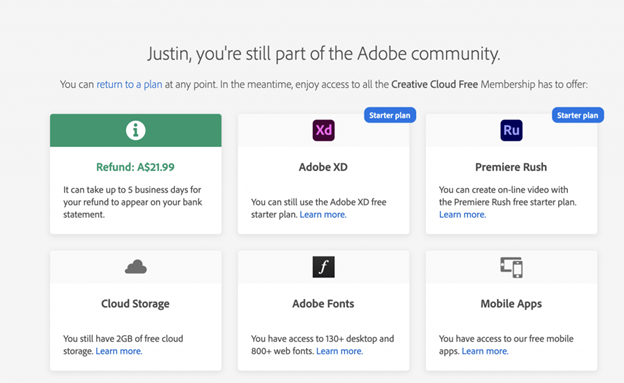
#18 Thank your customers
Customers are more likely to stay when you improve their shopping experience. You can go overboard to thank new customers when they make a purchase. The clothing brand Zappos provides sends gifts to customers to show how much they are appreciated. Brands like Chewy, Epic Bars, and ZULZ Bag Co send handwritten thank-you notes. You can provide gifts, samples, even discount coupons. Wool and the Gang share their customers’ projects on Instagram, making them feel like they are in the spotlight.
#19 Offer omnichannel interactions
Offering good customer support is not enough. Brands need to support their customers via channels of their choice. You can even use other tools to get the job done. For example, Slack, a workplace communication tool, often lets people know about their outages on Twitter. Bicycle maintenance brand Looplube uses social media platforms and messaging apps such as Instagram or WhatsApp for training, sales, and support despite having their website. Brands must spend some time in customer’s shoes and understand where they go looking for information.
#20 Use the element of surprise
Surprise your customers by sending them gifts, handwritten notes, or free samples. Use the customer data to market new products and services to old customers. For example, Chewy sends handwritten notes and other similar gifts to their customers to surprise them.
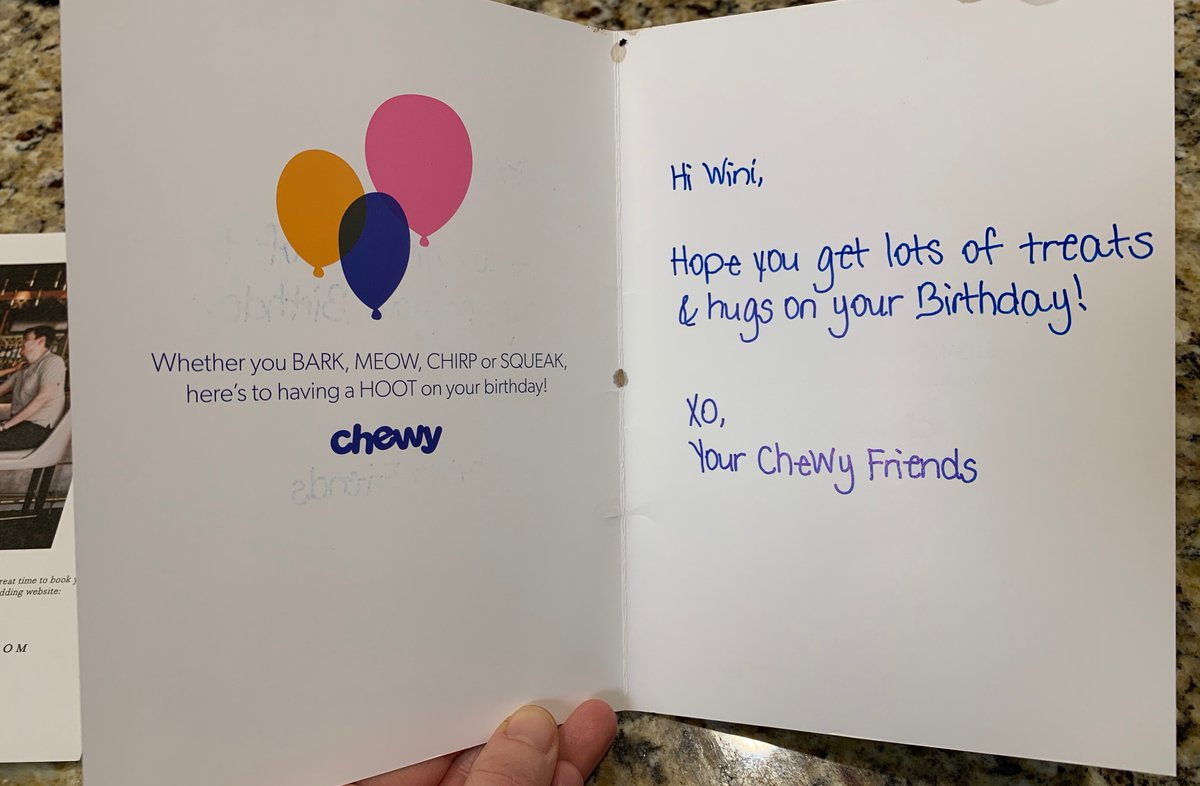
#21 Educate your customers
When it comes to retaining your customers, do not just sell but educate them too. You can offer onboarding tips, provide one-on-one training sessions, provide extensive training videos, and more. For example, the bicycle retailer Bumsonthesaddle hosts training sessions, workshops, and more. Eventually, these training sessions help them to sell bike tools and accessories.
When trying new products, consumers are more likely to trust people they know – their friends and relatives. You can share testimonials, celebrity endorsements, business credentials, and more.
Consumers trust user reviews extensively. However, word-of-mouth is one of the most effective marketing strategies that allow brands to use current customers to get new ones.
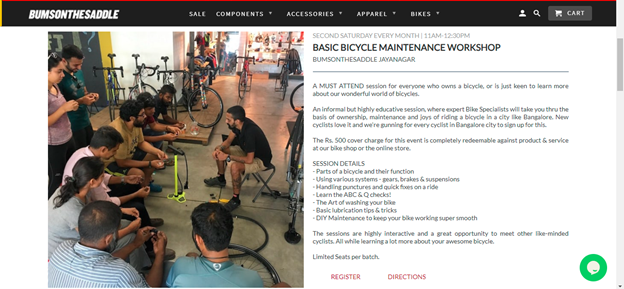
#22 Leverage Social Proof
When trying new products, consumers are more likely to trust people they know – their friends and relatives. You can share testimonials, celebrity endorsements, business credentials, and more.
Consumers trust user reviews extensively. However, word-of-mouth is one of the most effective marketing strategies that allow brands to use current customers to get new ones.
#23 Collect extensive feedbacks
Feedbacks allow consumers to expose potential problems with the brand. A customer may be unhappy with the purchase procedure even if they like the product. Or a customer dislikes the shipping procedure, but the brand uses third-party shipping, and there is no way to improve it.
Surveys allow customers to express their opinions. The shorter the survey, the more feedback you can collect. If you want comprehensive feedback, you can even give incentives to customers, such as discounts or vouchers.
For example, Best Buy gives points for writing surveys, which users can redeem at the store. Starbucks launched My Starbucks Idea back in 2008 to improve its services.
#24 Make returns easy
For SMBs, processing returns can be difficult and may even incur losses. However, to ensure that customers stay happy, you need to make returns and refunds easy.
For example, flower and gifts retailer Ferns N Petals instantly provides a refund or replacement if the product is unsatisfactory. Ikea has a 365-day no-nonsense return policy. Casper takes it a step further and donates returned items to charity. When you create a return policy for your website, be clear, concise, and use simple language. The Bonobos return policy page is a great example.
#25 Reward loyal customers
A great way to keep customers coming back is by creating loyalty programs. You can use a points system that The North Face uses. Alternatively, you can implement a VIP membership program like Barnes & Noble that offers discounts every time you shop. You can even have a tier system that e.l.f. Cosmetics use. It is also a way to incorporate gamification into the rewards program.
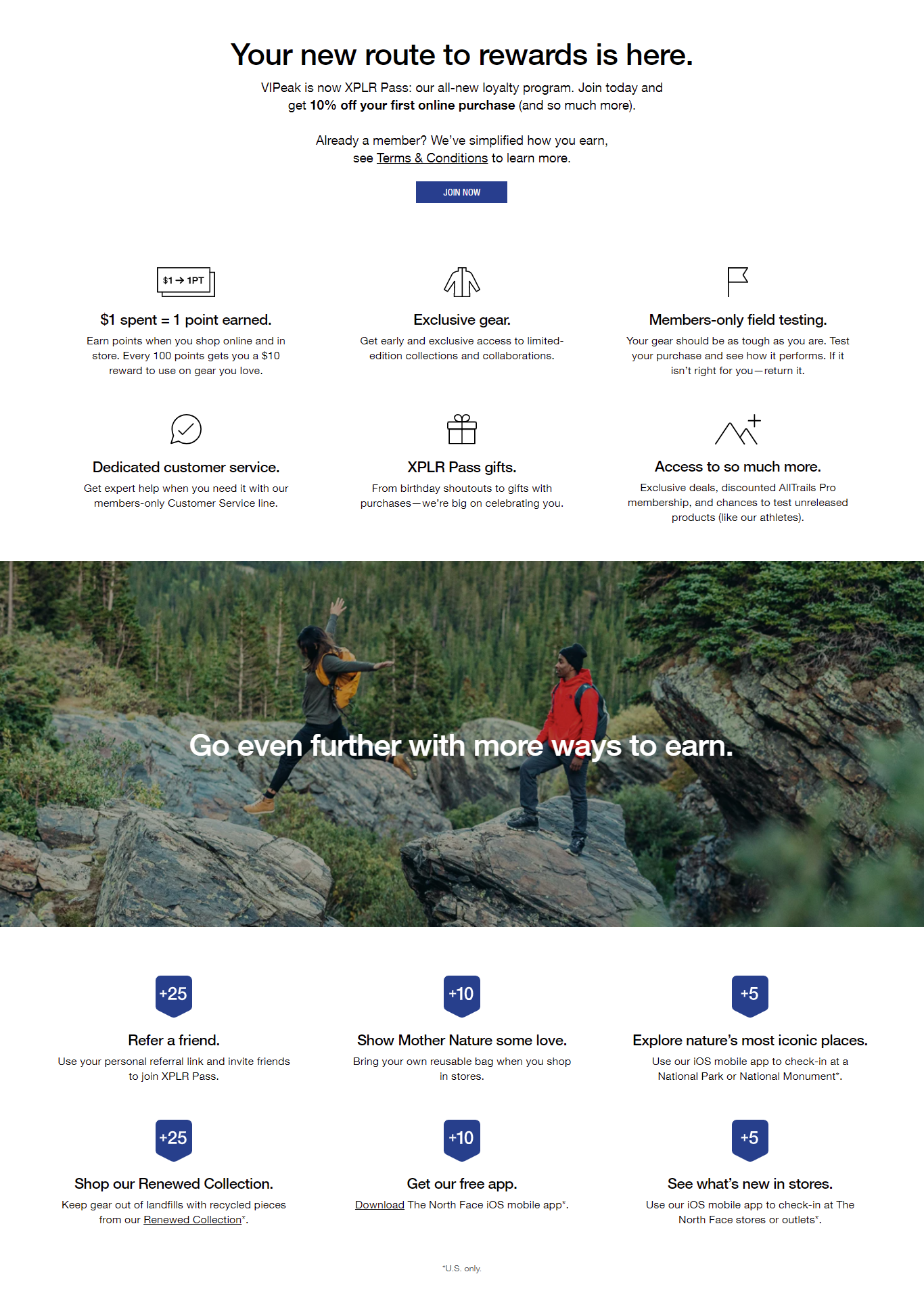
Conclusion
Customer retention is not just a metric; it’s a strategic imperative that should be at the core of every business’s growth strategy. By implementing a robust CRM system and focusing on delivering exceptional customer experiences, organizations can foster loyalty, drive repeat purchases, and ultimately thrive in a competitive market. So, prioritize both CRM and customer retention stratgies, and watch your business flourish.
These twenty-five customer retention strategies using a CRM can help you tune your marketing campaigns and use your existing business tools more effectively.
LeadSquared is a leading CRM software trusted by over 1000+ brands worldwide. If you are looking for sales and marketing automation along with all the essential CRM features, LeadSquared is the way to go. Click on the link below to book a demo.
Customer retention refers to the practice of keeping existing customers engaged and satisfied, encouraging them to continue doing business with a company over an extended period. It is crucial because it costs less to retain existing customers than to acquire new ones, and build loyalty and long-term relations. Loyal customers tend to spend more and refer others, thereby increasing a company’s revenue and profitability.
Some of the most important benefits of customer retention are:
1. Retaining current customers is more cost-effective than acquiring new ones.
2. Customers who exhibit loyalty are more likely to make repeated purchases.
3. Upselling or cross-selling to existing customers is a more efficient approach due to the pre-existing foundation of trust and satisfaction.
4. Contented customers frequently introduce new ones through referrals.
CRM aids in customer retention by centralizing customer data, enabling personalized interactions and recommendations, facilitating efficient follow-up, and addressing feedback promptly, all of which enhance customer satisfaction, trust, and loyalty, ultimately leading to higher customer retention rates.









